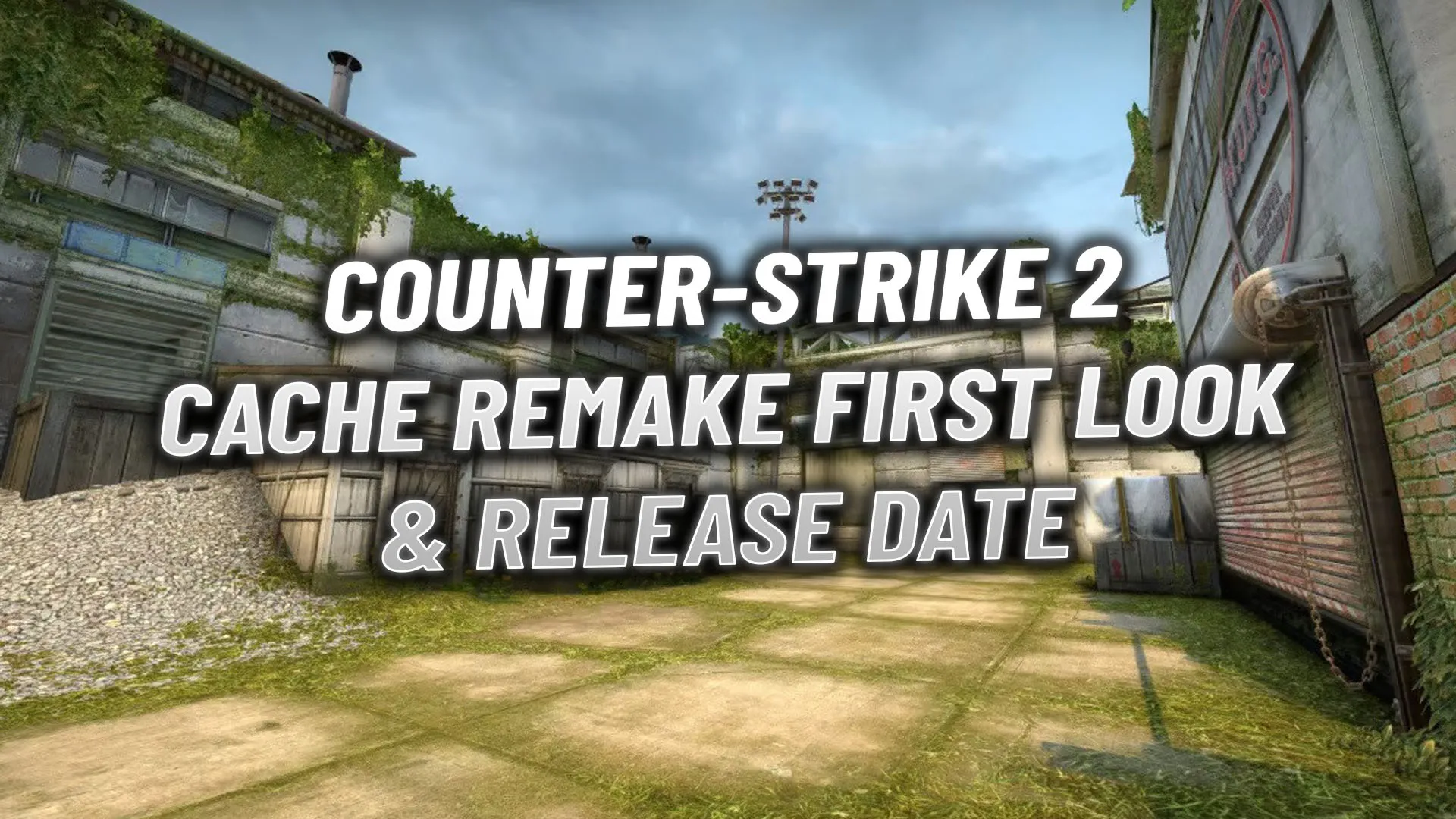Brett Rickaby's Insightful Corner
Exploring the world through news, tips, and intriguing stories.
Cache Craze: Your Go-To Strategy for CS2's Iconic Map
Unlock the secrets of CS2's legendary Cache! Master strategies, tips, and tricks to dominate the map like a pro. Dive in now!
Mastering Cache: Essential Tips and Strategies for CS2
In Counter-Strike 2, mastering the cache map is crucial for gaining a competitive edge. The map offers diverse pathways and strategic points that can significantly influence the outcome of a match. To effectively navigate cache, players should familiarize themselves with key locations such as Main, Storage, and A Site. Understanding the layout allows players to plan their movements, utilize cover effectively, and engage with the enemy strategically. Remember to practice your grenade throws and learn specific angles to maximize your firepower.
Another important aspect of mastering cache is to develop cohesive team strategies. Communication is key; players should use voice chat or in-game commands to coordinate attacks and defenses. For example, a well-timed smoke grenade can obscure enemy vision, providing your team an opportunity to push through B Main or execute a split attack. Additionally, consider implementing tactics such as fake strategies to mislead opponents about your team's actual movements. Overall, the combination of map knowledge and teamwork can significantly enhance your performance in CS2.

Counter-Strike is a popular team-based first-person shooter game that has captivated players worldwide. The game involves two teams, terrorists and counter-terrorists, competing to complete objectives or eliminate each other. For players looking to enhance their gameplay, utilizing optimal donk settings can make a significant difference in performance.
Understanding Cache: Key Features and Map Layout Explained
Understanding Cache is crucial for optimizing web performance and enhancing user experience. A cache is a temporary storage area that holds copies of frequently accessed data or files, allowing future requests for this data to be served more quickly. By utilizing a cache, you can significantly reduce load times, minimize server strain, and improve the scalability of your website. The key features of caching include reduced latency, efficient bandwidth use, and improved application responsiveness, all of which contribute to a smoother user experience.
The map layout of a cache refers to how the data is organized and accessed within it. Typically, caches can be categorized into different levels: L1, L2, and sometimes L3. Each level has distinct characteristics and capacities to enhance data retrieval speeds. Additionally, cache mapping techniques such as direct-mapped, fully associative, and set-associative caching determine how data is stored and retrieved based on specific algorithms. By understanding the various map layouts and their implications on performance, web developers can make informed decisions when implementing caching strategies.
Top 5 Common Mistakes to Avoid on Cache in CS2
When it comes to cache optimization in CS2, avoiding common pitfalls can make a significant difference in performance and gameplay experience. One of the most prevalent mistakes players make is not regularly clearing their cache. Accumulated cache files can lead to slower load times and unexpected lag during crucial moments. It's essential to establish a routine for clearing your cache to ensure that your game runs smoothly and efficiently.
Another frequent error is failing to configure cache settings properly. Many players neglect the importance of tweaking these settings to align with their hardware specifications and internet connection. For instance, using default settings might not provide the best performance; thus, optimizing cache settings based on personal requirements can dramatically improve gameplay. Remember, taking the time to tailor these configurations can prevent issues such as delays in map loading and disruptions during matches.